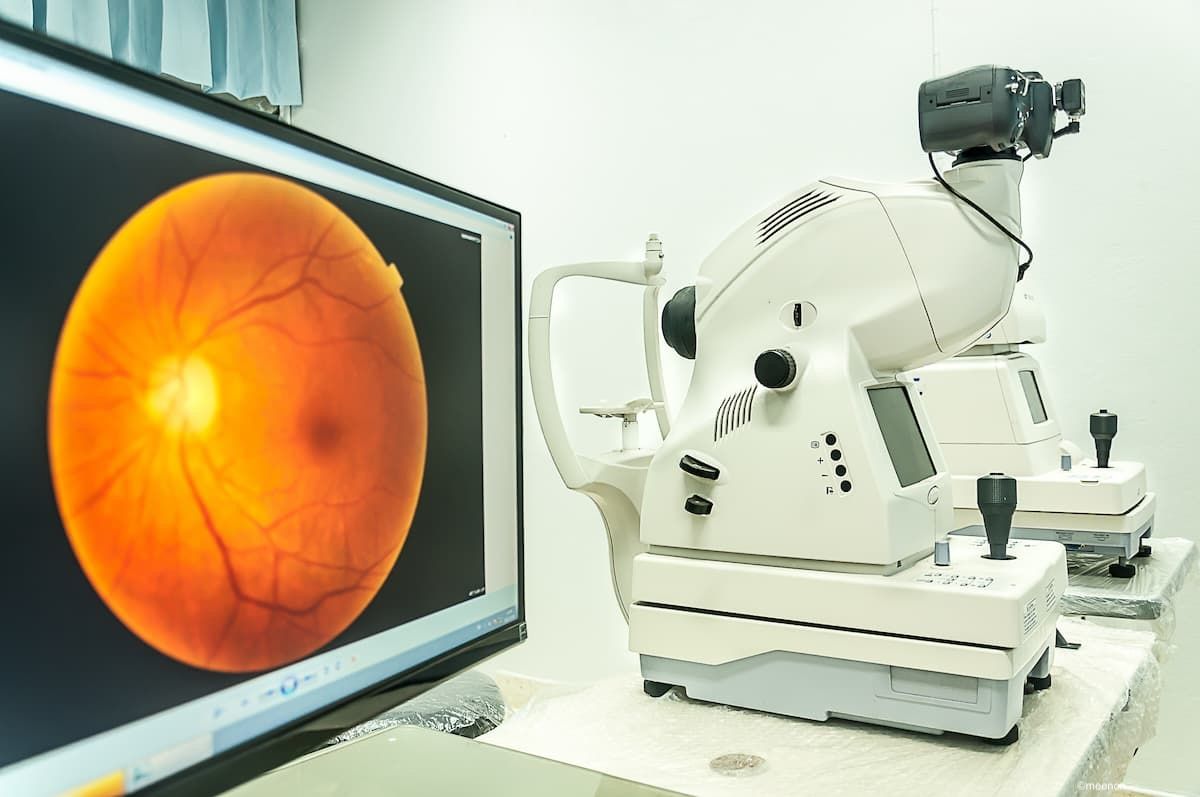Article
Outcomes similar for heavy, standard silicone oil
Neither heavy silicone oil or standard silicone oil offers any advantages compared with the other for use as an endotamponade to eyes with inferiorly and posteriorly located proliferative vitreoretinopathy, according to Antonia M. Joussen, MD.
Fort Lauderdale, FL-Neither heavy silicone oil (HSO) (Densiron, Fluoron) nor standard silicone oil (Siluron 1000 and Siluron 5000, Fluoron) offers any advantages compared with the other for use as an endotamponade in eyes with inferiorly and posteriorly located proliferative vitreoretinopathy (PVR), said Antonia M. Joussen, MD, PhD, at the annual meeting of the Association for Research in Vision and Ophthalmology.

"These interim findings, which were based on data from less than one-third of the planned enrollment, were the basis for halting the study early," said Dr. Joussen, professor and chair, Department of Ophthalmology, Charité University Medicine, Berlin, Germany. "For clinicians, they suggest that the choice of which silicone oil to use as an endotamponade should be an individualized decision for each patient."
"Since regular silicone oil does not contact the lower retina, there can be residual fluid beneath the silicone oil bubble in the lower retina that allows for the accumulation of mediators able to promote inflammation and PVR," Dr. Joussen said. "It was theorized that because heavy silicone oil would act mechanically to displace this fluid, it could thereby prevent the development of PVR in the lower retina."
Conducting the study
The HSO Study enrolled patients with inferiorly and posteriorly located PVR grade C-A6, P12, or inferior retinal detachment with giant retinal tear in the inferior hemisphere. After surgical retinal reattachment, patients were randomly assigned to one of two endotamponade groups and were followed for 12 months.
Primary study endpoints included visual acuity improvement from baseline to month 12 and anatomic success, defined as retinal attachment at month 12 and without a retina-affecting re-operation.
Secondary endpoints included improvement in quality of life, number of retina-affecting re-operations (excluding endotamponade removal), and complete retinal attachment prior to endotamponade removal.
The study was an international project, conducted at a number of centers throughout Europe, two sites in the United States, and one in China. The study began in 2003. Recruitment was slow, however. Four years after study initiation, only 94 patients had been treated (46 heavy silicone oil, 48 standard silicone oil). At the time the interim analysis was performed, about one-third of patients were lost to follow-up.
For the interim analysis, data were analyzed both for patients evaluable at 12 months and using an intent-to-treat population in which patients lost to follow-up were treated as having anatomic failure. The analysis also used last observation carried forward for final visual acuity.
Data were stratified by surgeon, but because the bulk of the patients were treated by just a few surgeons, patients operated on by surgeons contributing fewer than 10 patients were grouped together, Dr. Joussen said.
The two study groups were similar at baseline in their demographic and clinical characteristics. The primary efficacy analyses of evaluable patients showed anatomic success rates of 46.4% (13 of 28 patients) in the HSO group and 61.3% (19 of 31 patients) in the standard silicone oil group with no significant difference between groups. Mean logMAR visual acuity was 1.27 in the HSO group and 1.24 in eyes treated with standard silicone oil, and not significantly different between groups.
The data on retinal redetachment under the tamponade represented the most interesting finding from the study, Dr. Joussen said.
The results indicated HSO did not prevent PVR. Retinal redetachment was more common in the HSO group than in eyes treated with standard silicone oil, 39% versus 27%, although the difference between groups was not statistically significant.
As expected, all of the redetachments in the standard silicone oil group were in the lower quadrants, between 4 and 9 o'clock. However, in a number of the patients treated with HSO, the retinal redetachment occurred in the upper quadrant.





